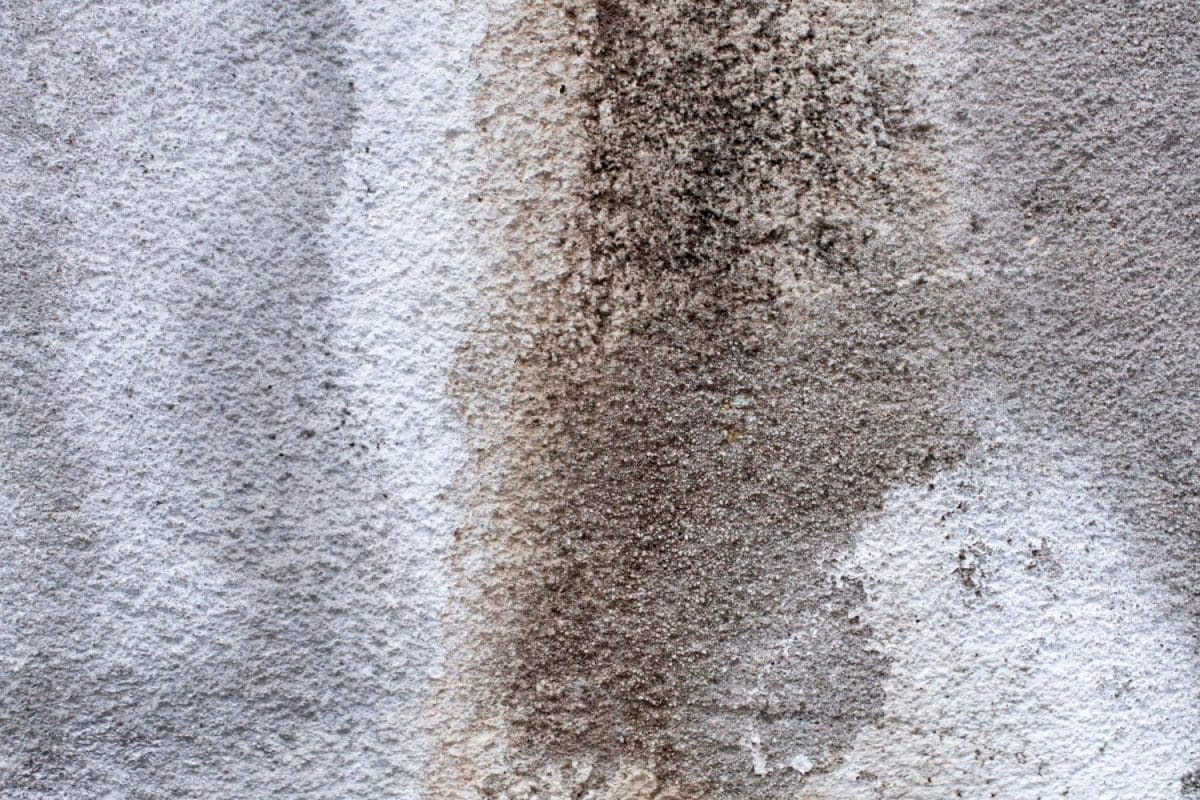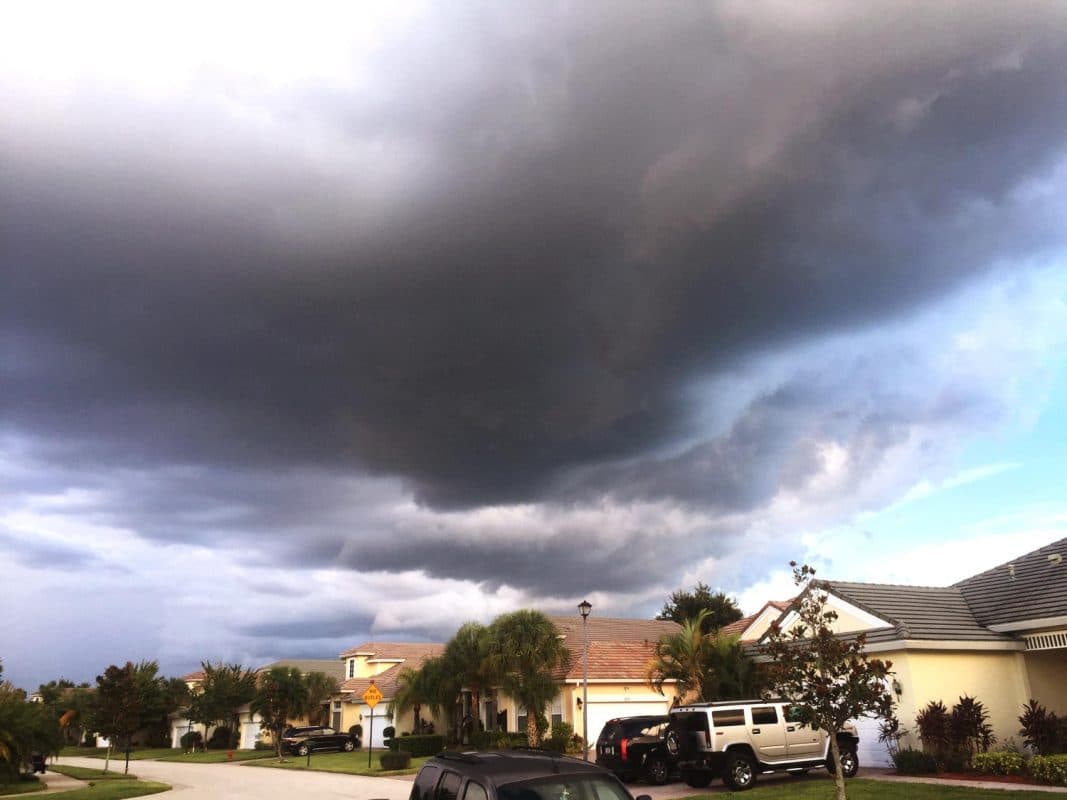In the aftermath of a severe storm, one of the hidden risks that homeowners often overlook is the potential damage to their carpets. A damp carpet may seem like a minor inconvenience at first, but if left untreated, it can lead to a host of problems that are not only costly but also hazardous to your health.
When water penetrates your carpet due to heavy rain or flooding, it creates the perfect breeding ground for mold and bacteria. These unseen intruders can trigger allergies, respiratory issues, and even contribute to the deterioration of your indoor air quality. Additionally, excessive moisture can weaken the structure of your carpet, causing it to rot and develop a foul odor.
To navigate the aftermath of a severe storm and protect your home and loved ones, it’s crucial to address the hidden risks of a damp carpet promptly. From drying techniques to professional cleaning and remediation services, there are steps you can take to minimize the damage and restore your carpet to its original condition. In this article, we’ll explore these hidden risks in detail and provide expert advice on how to effectively navigate them. So, don’t let a damp carpet become a long-term headache – equip yourself with the knowledge needed to tackle this post-storm challenge head-on.
The Hidden Risks of a Damp Carpet
A damp carpet may seem like a minor inconvenience, but it harbors hidden risks that can have far-reaching consequences if left unchecked. Mold and bacteria thrive in damp environments, and your carpet provides an ideal breeding ground for these pathogens after a severe storm. These unseen intruders not only compromise the integrity of your carpet but also pose serious health hazards to occupants of the home.
In addition to microbial growth, a damp carpet can emit musty odors that permeate your living spaces, creating an unpleasant environment. The structural integrity of the carpet is also compromised as excessive moisture weakens the fibers and backing, leading to deterioration over time. Addressing the hidden risks of a damp carpet promptly is essential to prevent further damage and safeguard your indoor air quality.
Moreover, a damp carpet can exacerbate existing respiratory conditions, trigger allergies, and contribute to a range of health issues, especially in vulnerable individuals such as children, the elderly, and those with compromised immune systems. By understanding these risks and taking proactive measures, you can protect your family and maintain a healthy living environment.
Health Hazards Associated with a Damp Carpet
The health hazards associated with a damp carpet are a cause for concern, as they can impact the well-being of everyone in your household. Mold spores that proliferate in a damp carpet can trigger allergic reactions, worsen asthma symptoms, and lead to respiratory infections. Bacteria that thrive in moist environments can also pose a threat to your health, especially if they enter your body through contact with the contaminated carpet.
Furthermore, the musty odors emitted by a damp carpet can contribute to headaches, nausea, and general discomfort, affecting the quality of life for those exposed to these indoor air pollutants. Protecting your health and that of your family members requires addressing the health hazards associated with a damp carpet promptly and effectively.
To minimize the risks of health issues stemming from a damp carpet, it’s essential to implement proper drying techniques, thorough cleaning procedures, and, if necessary, professional remediation services. By prioritizing your health and well-being, you can create a safer and healthier environment for your loved ones to thrive in.

Steps to Take Immediately After a Severe Storm
When faced with the aftermath of a severe storm and a damp carpet, it’s crucial to take immediate action to prevent further damage and mitigate the risks associated with water intrusion. The following steps can help you navigate the impact of a storm on your carpets effectively:
- Assess the Damage: Begin by evaluating the extent of the water damage to your carpet. Identify areas that are wet or damp and determine the source of the moisture to address any ongoing issues.
- Remove Excess Water: Use towels, mops, or a wet vacuum to extract as much water as possible from the carpet. Speed is of the essence to prevent the water from seeping deeper into the fibers.
- Promote Drying: Open windows, use fans, and dehumidifiers to facilitate the drying process. Ensure proper ventilation to prevent mold growth and aid in moisture evaporation from the carpet.
Taking these immediate steps can help limit the damage caused by a damp carpet after a severe storm and set the foundation for effective remediation efforts. By acting swiftly and decisively, you can protect your carpet, prevent health hazards, and restore the comfort and safety of your home.
Drying Techniques for a Damp Carpet
Effective drying techniques are essential in preventing mold growth, bacteria proliferation, and structural damage to your carpet after a severe storm. Properly drying a damp carpet requires a combination of methods to ensure thorough moisture removal and prevent long-term consequences.
- Ventilation: Increase airflow in the affected area by opening windows and using fans to promote air circulation. This helps expedite the drying process and prevent stagnant moisture buildup.
- Dehumidification: Use a dehumidifier to reduce the humidity levels in the room, aiding in the evaporation of moisture from the carpet. Lowering the relative humidity helps prevent mold and mildew growth.
- Steam Cleaning: Professional steam cleaning can effectively remove embedded dirt, debris, and contaminants from your carpet while also assisting in the drying process. Steam cleaning helps sanitize the carpet and eliminate odors.
By employing these drying techniques in a timely manner, you can salvage your carpet, mitigate the risks associated with water damage, and restore a healthy indoor environment for you and your family.
Professional Carpet Cleaning After a Severe Storm
In cases of severe water damage or extensive carpet saturation following a storm, professional carpet cleaning and remediation services may be necessary to ensure thorough restoration. Professional cleaners have the expertise, equipment, and techniques required to address the hidden risks of a damp carpet effectively.
- Water Extraction: Professional cleaners utilize specialized equipment such as industrial-grade wet vacuums and extractors to remove excess water from the carpet efficiently.
- Mold Remediation: If mold growth is detected, professional cleaners can conduct mold remediation procedures to eliminate the fungal infestation and prevent its recurrence.
- Sanitization and Deodorization: Professional cleaning services include thorough sanitization and deodorization treatments to remove contaminants, bacteria, and odors from the carpet, restoring its freshness and cleanliness.
Engaging professional carpet cleaning services after a severe storm can expedite the restoration process, minimize health risks, and ensure that your carpet is thoroughly cleaned and sanitized. By entrusting the task to experienced professionals, you can rest assured that your carpet is in capable hands.

Preventive Measures to Avoid Carpet Damage in Future Storms
To protect your carpet from water damage during future storms, it’s essential to implement preventive measures that can help minimize the risks of a damp carpet. By taking proactive steps and being prepared, you can safeguard your carpet and home from the potential consequences of severe weather events.
- Waterproofing: Consider applying a waterproofing treatment to your carpet or investing in water-resistant carpets that are less susceptible to water damage.
- Storm Preparedness: Have a plan in place for storm preparedness, including sealing windows and doors, installing weather stripping, and having emergency supplies on hand to address water intrusion promptly.
- Regular Maintenance: Maintain your carpet regularly by vacuuming, spot cleaning spills, and addressing any signs of water damage promptly to prevent issues from escalating.
By incorporating these preventive measures into your household routine, you can fortify your carpet against the risks posed by severe storms and minimize the likelihood of water damage affecting your living spaces.
Insurance Coverage for Carpet Damage Caused by Severe Storms
Understanding your insurance coverage for carpet damage caused by severe storms is crucial in navigating the financial implications of restoration and replacement efforts. Homeowners insurance policies may vary in their coverage of water damage to carpets, so it’s important to review your policy and consult with your insurance provider to clarify the extent of your coverage.
- Water Damage Coverage: Some homeowners insurance policies include coverage for water damage resulting from storms, leaks, or other unforeseen events. Review your policy to determine if carpet damage is covered under your current plan.
- Flood Insurance: Standard homeowners insurance typically does not cover flood damage, including damage to carpets from flooding. Consider purchasing separate flood insurance if you live in a flood-prone area to protect your carpets and property.
- Claim Process: In the event of carpet damage due to a severe storm, document the damage thoroughly, file a claim with your insurance provider, and follow their guidelines for assessment and reimbursement to expedite the restoration process.
Being informed about your insurance coverage and proactive in addressing any potential carpet damage can help you navigate the financial aspects of post-storm recovery and ensure that your carpets are restored without undue financial burden.
Signs of Long-Term Damage to Look Out For
Even after the immediate effects of a severe storm have been addressed, it’s essential to remain vigilant for signs of long-term damage to your carpet that may manifest over time. Monitoring your carpet for these indicators can help you identify issues early and take corrective action before they escalate.
- Persistent Odors: Lingering musty or foul odors emanating from your carpet may indicate the presence of mold, mildew, or bacterial growth that requires attention.
- Visible Stains or Discoloration: Water damage can cause stains, discoloration, or browning of the carpet fibers, signaling ongoing moisture issues that need to be resolved.
- Increased Allergy Symptoms: If occupants of the home experience heightened allergy symptoms, respiratory issues, or skin irritation after a storm, it may be indicative of underlying carpet-related health hazards.
By staying alert to these signs of long-term damage and addressing them promptly, you can prevent the escalation of carpet issues and ensure the continued comfort and safety of your home environment.

Conclusion: Protecting Your Carpet and Your Home After a Severe Storm
In conclusion, the hidden risks of a damp carpet in the aftermath of a severe storm are significant and should not be underestimated. From health hazards associated with microbial growth to structural damage that compromises the integrity of your carpet, the consequences of neglecting water damage can be far-reaching.
By understanding the impact of a severe storm on your carpets, recognizing the hidden risks of a damp carpet, and taking immediate steps to address water damage effectively, you can protect your carpet, your health, and your home environment. Employing proper drying techniques, engaging professional cleaning services when needed, and implementing preventive measures can help you navigate the challenges posed by a damp carpet after a storm.
Furthermore, being aware of your insurance coverage for carpet damage, monitoring your carpet for signs of long-term damage, and staying proactive in maintaining your carpet can contribute to a swift and comprehensive recovery process. By prioritizing the well-being of your family and the condition of your home, you can safeguard against the hidden risks of a damp carpet and ensure a safe and healthy living space for years to come.

